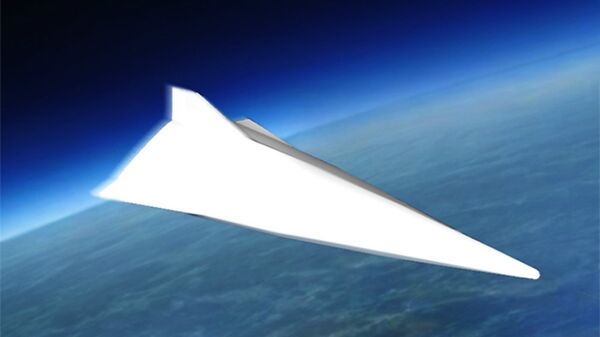The DF-ZF HGV was launched at the Wuzhai missile test center in central China’s Shanxi Province. It was transported by a ballistic missile near the edge of the atmosphere, where it separated from its launcher and then glided to an impact range a few thousand kilometers away in western China, according to The Washington Free Beacon.
“The DF-ZF flight was tracked by US intelligence agencies and flew at speeds beyond Mach 5, or five times the speed of sound,” Gertz noted.
The DF-ZF HGV warhead is carried to the boundary between space and Earth’s atmosphere, roughly 100 km above the ground, by a ballistic missile booster.
“Once it reaches that height, it begins to glide in a relatively flat trajectory by executing a pull-up maneuver and accelerates to speeds of up to Mach 10.”
The DF-ZF can allegedly reach speeds of between Mach 5 and Mach 10, or 6,173 kilometers (3,836 miles) per hour and 12,359 (7,680) miles per hour. Whether it will be armed with nuclear or conventional warheads remains unclear.



